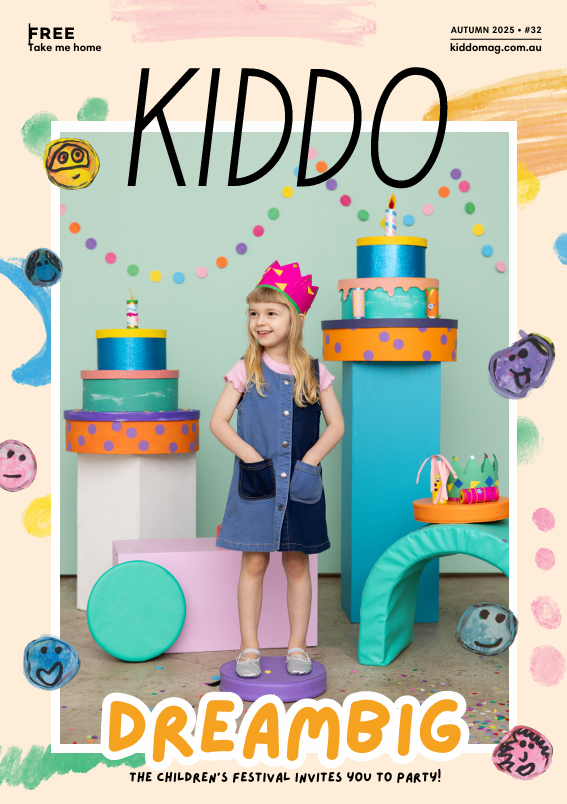WORDS: A/Professor Lyndsey Collins-Praino, The University of Adelaide
When I was pregnant, one of the things that my partner and I spoke about was our desire for our children to speak both English and his native language, Italian. We came across the “one parent, one language” (OPOL) approach, in which one parent exclusively speaks one language and the other parent exclusively speaks the other, and decided to give it a try. It’s worked for our family, but it isn’t always easy to remain consistent, particularly given how dominant English is for our kids, with exposure not only through speaking with me, but also in their everyday surroundings. So why have we pushed on? In addition to the perhaps obvious benefits of being able to speak with their Italian family and retaining critical connections to their cultural heritage, bilingualism has multiple benefits for cognitive function.
Studies suggest that the cognitive benefits of bilingualism extend throughout the lifespan, from infancy into older adulthood.
Compared to monolingual peers, bilingual individuals have greater cognitive flexibility and are better at certain types of executive control-dependent functions, such as those that involve switching between tasks, handling multiple tasks at once, inhibiting unwanted responses, ignoring irrelevant information or maintaining rules in working memory. This has been shown to lead to enhanced learning and academic achievement in bilingual individuals. For example, those who are bilingual outperform monolingual peers on reading tasks and on multiple types of standardised tests.
While it’s not entirely clear why this may be, it may be related to the fact that, for bilinguals, both languages are activated in the brain simultaneously, requiring more executive control to select the desired word and avoid unwanted intrusions from the other language. Over time, this repeated need to call upon executive control processes to resolve competition between languages strengthens these brain networks, with benefits extending beyond language control alone. This is supported by multiple neuroimaging studies, with evidence suggesting that the earlier someone learns a second language, and the more proficient they are at it, the greater the neuroplasticity induced in the brain, particularly in areas relevant for executive control.
Of particular note, multiple studies have noted that bilingualism is associated with increased density in the left inferior parietal lobe, an area of the brain not only associated with language processing, but also mathematical skills and the ability to read emotions in others.
Excitingly, evidence also suggests that bilingualism delays the onset of dementia later in life. Meta-analyses of the literature show that bilinguals are diagnosed with dementia up to 5-years later than monolingual individuals (although bilingualism does not seem to reduce overall risk of developing dementia). While this is still being investigated, it may be due to the neuroplasticity associated with bilingualism, as discussed above, or its ability to boost cognitive reserve, which helps the brain to resist dementia-related cognitive decline, even in the face of underlying brain pathology.
It’s clear that bilingualism is associated with multiple advantages, both during childhood and beyond. Not bilingual yourself? Here are some things you can try to encourage language learning in your kids:
- Harness technology: There are so many apps available for language learning, including those geared specifically towards kids (e.g. Gus on the Go; Little Pim).
- Make it playful: One of the best ways for children to learn is through play, so use play time to play games, sing songs, or read books in the desired language. Dual language books, which have both languages on the same page, can be a great tool for this.
- Utilise screen time: Set TV programs and online games to the desired language to give kids exposure. This can be a great way to develop listening skills in a fun way.
- Look for community-based bilingual playgroups: There are several bilingual playgroups that meet regularly, including those for Italian, German, Spanish, Mandarin, Japanese and more. Playgroup SA can help you to find one in your area.
- Seek out opportunities for exposure: This might involve finding a caregiver who can expose your child to the desired language, enrolling in language lessons (such as through the School of Languages) or even traveling to a place where the desired language is spoken for some true immersion in the culture.






